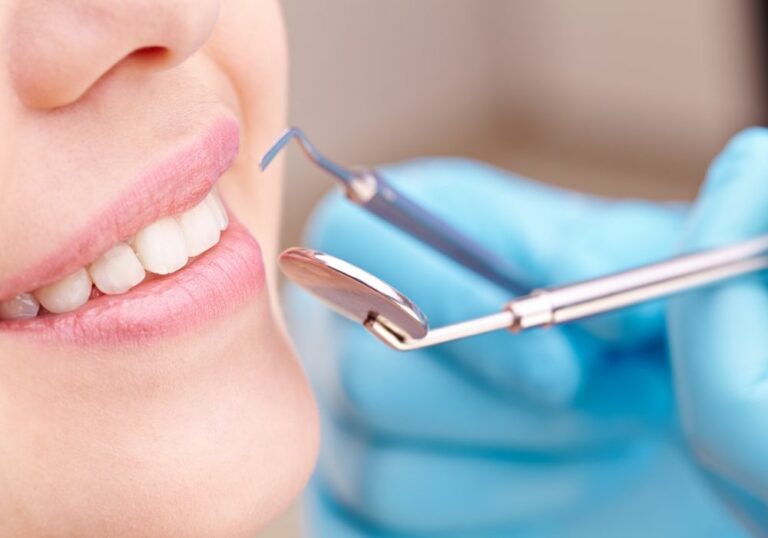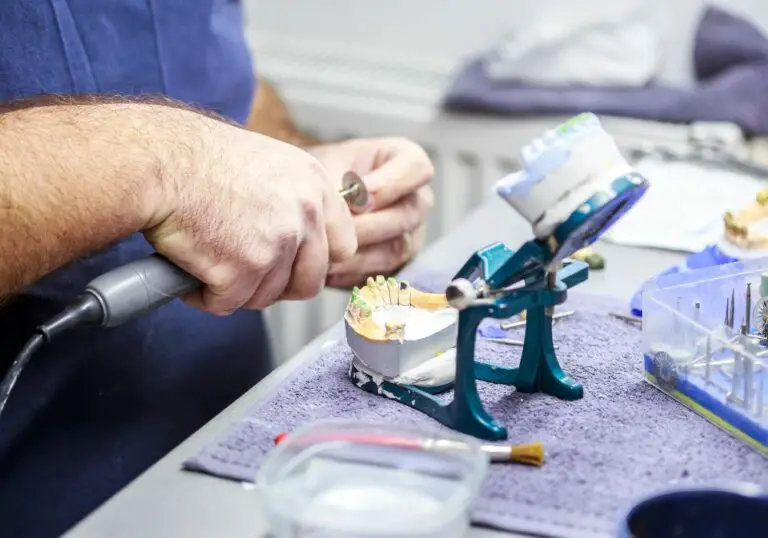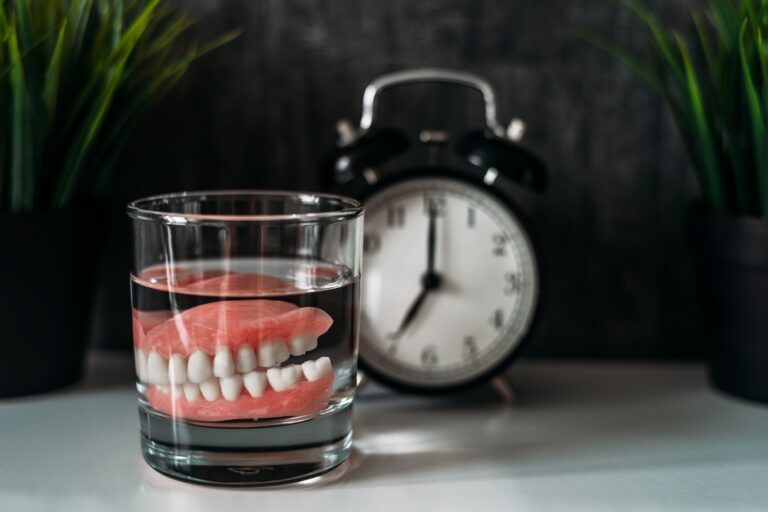Are you wondering what foods you can eat two days after wisdom teeth removal? Having your wisdom teeth removed can be a painful experience, and it’s important to follow your dentist’s instructions to ensure a smooth recovery. One of the most important things you can do is to eat soft, nutrient-rich foods that will promote healing and reduce discomfort.
While it’s important to stick to a soft food diet for the first few days after surgery, you can gradually introduce more solid foods as your mouth heals. Some good options for the first couple of days include cold foods like ice cream, smoothies, and Jell-O, as well as nutrient-rich soups and pureed vegetables. It’s important to avoid hot, spicy, or crunchy foods, as well as anything that requires a lot of chewing, as these can irritate your mouth and prolong the healing process. With a little patience and some careful planning, you can make sure that your recovery from wisdom teeth removal is as smooth and pain-free as possible.
Understanding Wisdom Teeth Removal
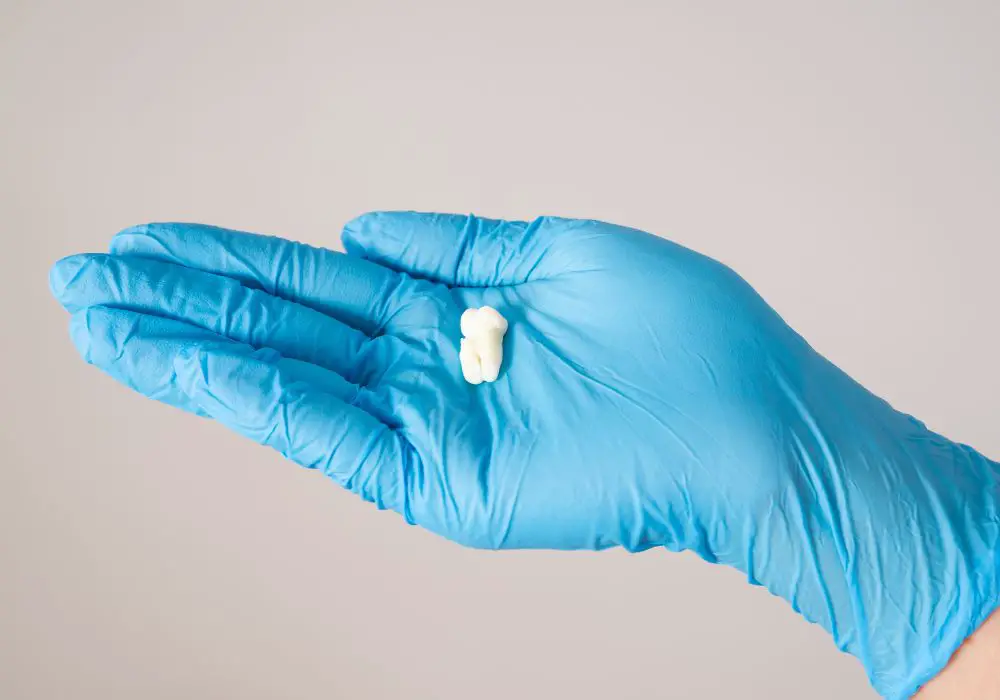
If you’re experiencing pain, swelling, or other issues with your wisdom teeth, your dentist may recommend removing them. Wisdom teeth are the last set of molars to emerge, usually between the ages of 17 and 25. Many people don’t have enough room in their mouths for these teeth to grow in properly, which can lead to pain, infection, and other problems.
Wisdom teeth removal is a common procedure that involves extracting one or more of these teeth. The procedure is typically performed by an oral surgeon or a dentist with specialized training. Depending on the complexity of the extraction, you may receive local anesthesia, sedation, or general anesthesia to help you feel more comfortable during the procedure.
After your wisdom teeth are removed, it’s important to take care of yourself to ensure a smooth recovery. You’ll likely experience some pain, swelling, and bleeding in the first few days after the procedure. Your dentist or oral surgeon will provide you with specific instructions on how to care for your mouth and what foods you can eat.
In the first few days after wisdom teeth removal, it’s best to stick to soft, easy-to-eat foods that won’t irritate your mouth or interfere with the healing process. This includes foods like yogurt, smoothies, broths, and blended soups. Cold foods like Jell-O, smoothies, and ice cream may also help relieve some discomfort. It’s important to avoid hard, crunchy, or spicy foods that can irritate your mouth or cause bleeding.
In the next section, we’ll discuss some specific foods that you can eat two days after wisdom teeth removal.
The Importance of Diet After Surgery
Eating the right foods after wisdom teeth removal is crucial for a quick and successful recovery. Your body needs proper nutrients to heal and fight off infection. Here are some reasons why diet is important after surgery:
Promotes Healing
Eating a healthy and balanced diet can help speed up the healing process and reduce the risk of complications. Foods that are high in vitamins and minerals, such as vitamin C and zinc, can promote tissue repair and boost your immune system. Protein-rich foods like eggs, chicken, and fish can also help rebuild tissue and promote healing.
Prevents Infection
After wisdom teeth removal, your mouth is more susceptible to infection. Eating foods that are high in sugar, salt, and processed ingredients can weaken your immune system and increase your risk of infection. Instead, focus on eating whole foods that are rich in nutrients and antioxidants. Fresh fruits and vegetables, lean proteins, and whole grains can help keep your body healthy and reduce the risk of infection.
Reduces Discomfort
Eating soft foods that are easy to chew and swallow can help reduce discomfort and pain after surgery. Hard or crunchy foods can irritate the surgical site and prolong the healing process. Opt for soft foods like yogurt, smoothies, mashed potatoes, and soup. Drinking plenty of water can also help keep your mouth hydrated and reduce discomfort.
In summary, maintaining a healthy and balanced diet after wisdom teeth removal is important for promoting healing, preventing infection, and reducing discomfort. Focus on eating whole foods that are high in nutrients and easy to chew and swallow. Drink plenty of water and avoid sugary, salty, and processed foods.
Foods to Avoid
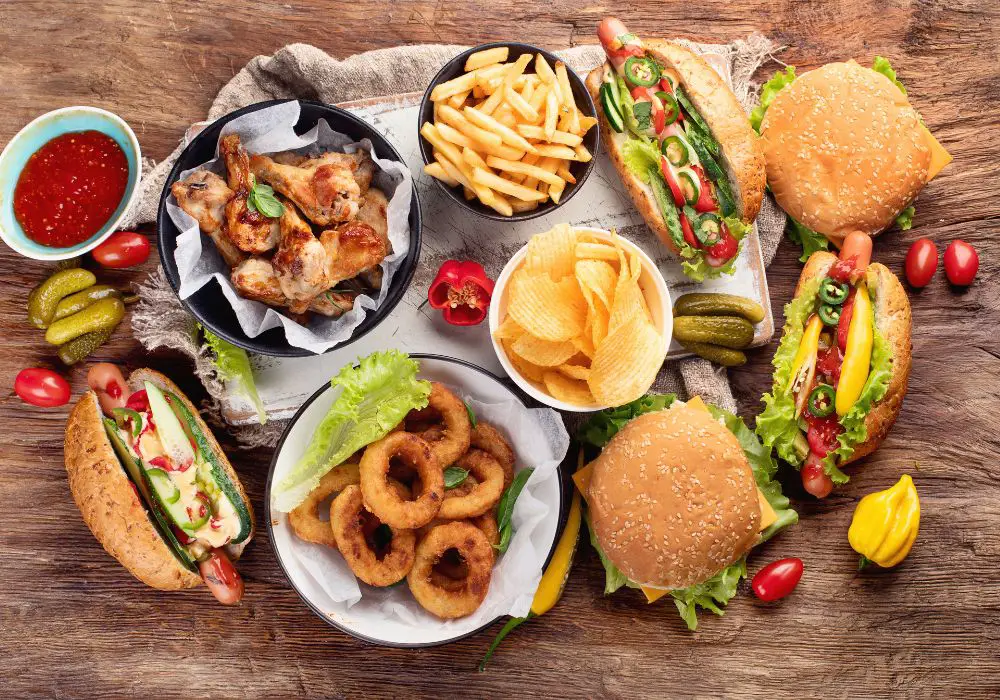
After wisdom teeth removal, it is important to avoid certain foods to prevent complications and promote healing. Here are some foods you should avoid for the first few days after your procedure:
Hard and Crunchy Foods
Hard and crunchy foods can irritate the surgical site and cause bleeding. Avoid foods like chips, nuts, popcorn, and raw vegetables.
Spicy Foods
Spicy foods can cause pain and discomfort in the mouth. Avoid foods like hot sauce, chili peppers, and curry.
Acidic Foods
Acidic foods can irritate the surgical site and slow down the healing process. Avoid foods like citrus fruits, tomatoes, and vinegar-based dressings.
Carbonated Beverages
Carbonated beverages can cause discomfort and even pain in the mouth. Avoid drinks like soda, sparkling water, and beer.
Hot Beverages
Hot beverages can increase blood flow to the surgical site and cause bleeding. Avoid drinks like coffee, tea, and hot chocolate.
By avoiding these foods and beverages, you can promote healing and reduce the risk of complications after your wisdom teeth removal.
Soft Foods to Enjoy
After getting your wisdom teeth removed, it is important to eat soft foods that are easy to chew and swallow. Here are some soft foods that you can enjoy 2 days after your wisdom teeth removal:
Smoothies
Smoothies are a great option for a soft and nutritious meal. You can make your own smoothie at home or buy one from a store. Here are some ingredients you can include in your smoothie:
- Soft fruits like bananas, berries, and peaches
- Yogurt or milk for protein and calcium
- Nut butter for healthy fats
- Spinach or kale for added nutrients
Make sure to blend your smoothie until it is completely smooth and free of any chunks. You can also add ice cubes to make it more refreshing.
Soups
Soups are a classic soft food option that is easy to prepare and can be very comforting. Here are some soups that you can enjoy:
- Chicken noodle soup
- Tomato soup
- Broccoli cheddar soup
- Butternut squash soup
Make sure to let your soup cool down before eating it. You can also blend your soup to make it even smoother.
Mashed Potatoes
Mashed potatoes are a soft and filling option that can be a great side dish or even a meal on their own. Here are some ways you can enjoy mashed potatoes:
- Plain mashed potatoes with butter and salt
- Mashed sweet potatoes with cinnamon and honey
- Mashed cauliflower for a low-carb option
Make sure to mash your potatoes until they are completely smooth and free of any lumps. You can also add milk or cream to make them creamier.
Remember to take it slow and avoid any hard or crunchy foods until your mouth has fully healed. Stick to soft foods like smoothies, soups, and mashed potatoes to ensure a smooth recovery.
Hydration After Wisdom Teeth Removal

After having your wisdom teeth removed, it’s crucial to stay hydrated. Drinking plenty of fluids can help prevent dehydration, which can cause additional pain and discomfort. Here are some tips to help you stay hydrated after wisdom teeth removal:
Drink Water
Water is the best choice for staying hydrated after wisdom teeth removal. It’s important to drink water regularly throughout the day, even if you don’t feel thirsty. Aim to drink at least eight glasses of water per day to help promote healing and prevent dehydration.
Avoid Carbonated Beverages
Carbonated beverages like soda or sparkling water can cause discomfort and pain after wisdom teeth removal. The bubbles can irritate the surgical site and cause pain. It’s best to avoid carbonated beverages until your mouth has fully healed.
Try Cold Beverages
Cold drinks like water, juice, or smoothies can help relieve pain and inflammation after wisdom teeth removal. Try drinking cold beverages through a straw to avoid irritating the surgical site.
Avoid Alcohol and Caffeine
Alcohol and caffeine can dehydrate your body and slow down the healing process after wisdom teeth removal. It’s best to avoid them for the first few days after surgery.
Eat Hydrating Foods
Eating foods with high water content can also help keep you hydrated after wisdom teeth removal. Some examples of hydrating foods include watermelon, cucumber, celery, and grapes. Eating these foods can also provide important nutrients to help speed up the healing process.
Remember to stay hydrated after wisdom teeth removal to help promote healing and prevent dehydration. Drinking water regularly, avoiding carbonated beverages, trying cold beverages, avoiding alcohol and caffeine, and eating hydrating foods are all great ways to stay hydrated after surgery.
Meal Planning Tips
After having your wisdom teeth removed, planning your meals can help ensure a speedy recovery. Here are some meal planning tips to help you stay healthy and comfortable during the first few days after surgery:
Choose Soft and Nutritious Foods
Eating soft and nutritious foods is crucial after wisdom teeth removal. Opt for foods that are easy to chew and swallow, such as mashed potatoes, soups, smoothies, and yogurt. These foods can help provide the necessary nutrients to support healing and prevent complications.
Avoid Hard and Crunchy Foods
Avoid hard and crunchy foods, such as chips, nuts, and popcorn, as they can irritate the extraction site and cause bleeding. Also, avoid acidic and spicy foods, as they can further irritate the gums and delay healing.
Stay Hydrated
Drinking plenty of water and other fluids can help prevent dehydration and promote healing. Avoid drinking through a straw, as the sucking motion can dislodge the blood clot and delay healing.
Prepare Meals in Advance
Preparing meals in advance can help save time and energy during the recovery period. Consider making soups, smoothies, and other soft foods in advance and storing them in the refrigerator or freezer for easy access.
Take Your Medications as Prescribed
Taking your medications as prescribed can help manage pain and prevent complications. Make sure to follow your dentist’s instructions regarding pain medications, antibiotics, and other medications.
By following these meal planning tips, you can help ensure a smooth and speedy recovery after wisdom teeth removal.
When to Introduce Solid Foods Back
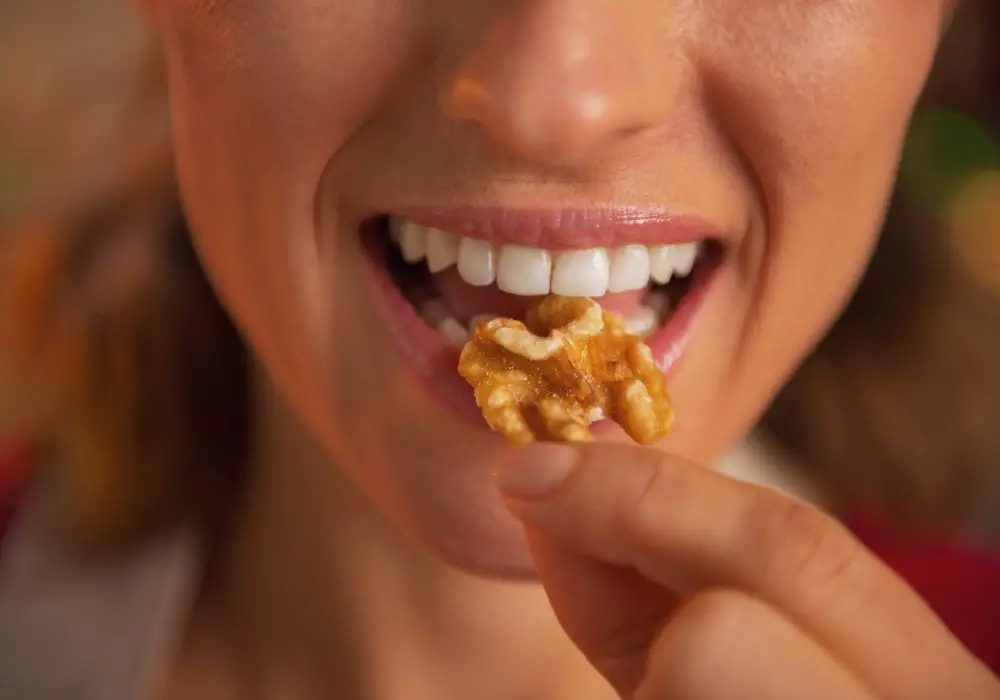
After wisdom teeth removal, your mouth needs time to heal and recover. It is important to follow your dentist’s instructions to ensure a smooth recovery process. One of the most important instructions is to gradually introduce solid foods back into your diet.
It is generally recommended to wait at least 2-3 days before attempting to eat solid foods. During the first few days after surgery, stick to a soft or liquid diet to avoid irritating the surgical site. This will help reduce the risk of complications such as infection or dry socket.
Once you feel comfortable eating soft foods, you can start to slowly reintroduce solid foods into your diet. However, it is important to avoid hard, crunchy, or chewy foods that can damage the surgical site. Instead, opt for soft foods that are easy to chew and swallow.
Here are some examples of soft foods that you can eat 2 days after wisdom teeth removal:
- Scrambled eggs
- Mashed potatoes
- Soft fruits (such as bananas or avocados)
- Cooked vegetables (such as carrots or squash)
- Yogurt or pudding
- Smoothies or protein shakes
It is important to continue to avoid spicy, acidic, or crunchy foods for at least a week after surgery. These foods can irritate the surgical site and delay the healing process.
Remember to chew slowly and carefully, and avoid using straws or smoking as these actions can dislodge the blood clot and cause dry socket. With proper care and attention, you can safely reintroduce solid foods back into your diet after wisdom teeth removal.
Possible Complications with Food After Surgery
After wisdom teeth removal, it is important to be mindful of what you eat to avoid any complications. Here are some possible complications that you may face with food after surgery:
Infection
One of the most common complications after wisdom teeth removal is infection. Eating foods that are difficult to clean from the extraction site, such as small seeds or nuts, can increase the risk of infection. It is important to keep the area clean by rinsing your mouth with saltwater and avoiding foods that can get stuck in the extraction site.
Dry Socket
Another complication that can occur after wisdom teeth removal is dry socket, which is a painful condition that occurs when the blood clot that forms in the extraction site is dislodged or dissolves before the wound has had a chance to heal. Eating hard or crunchy foods can dislodge the blood clot and increase the risk of dry socket. It is recommended to avoid these types of foods for at least a week after surgery.
Swelling
Swelling is a common side effect after wisdom teeth removal, and eating certain foods can exacerbate the swelling. Foods that are high in sodium, such as processed foods and fast food, can cause your body to retain water and increase swelling. It is best to stick to a diet of soft, bland foods and avoid foods that are high in sodium.
Pain
After surgery, you may experience pain and discomfort, which can be exacerbated by certain foods. Spicy or acidic foods can irritate the extraction site and increase pain. It is best to avoid these types of foods until the wound has had a chance to heal.
In summary, after wisdom teeth removal, it is important to be mindful of what you eat to avoid any complications. Avoiding foods that can cause infection, dry socket, swelling, and pain can help ensure a smooth recovery.
Frequently Asked Questions
What are some soft foods I can eat after wisdom teeth removal?
After having your wisdom teeth removed, it is important to stick to soft foods for a few days to allow your mouth to heal. Some good options include yogurt, smoothies, broths, and blended soups. Mashed potatoes, Jell-O, pudding, and ice cream are also great choices. Cold foods like Jell-O, smoothies, and ice cream may relieve some discomfort.
What are some fast food options that are safe to eat after wisdom teeth removal?
It is best to avoid fast food after wisdom teeth removal, as most options are not soft and can be difficult to chew. However, if you must eat fast food, some safe options include mashed potatoes, mac and cheese, and soft tacos without any crunchy toppings.
What foods should I avoid eating 2 days after wisdom teeth removal?
It is important to avoid hard, crunchy, and sticky foods for at least the first few days after wisdom teeth removal. This includes foods like chips, nuts, popcorn, and candy. You should also avoid hot and spicy foods, as they can irritate your mouth and slow down the healing process.
What are some good protein sources to eat 2 days after wisdom teeth removal?
Protein is essential for healing after wisdom teeth removal. Good sources of protein include soft-cooked eggs, smoothies with protein powder, yogurt, and mashed beans. You can also try pureed meats like chicken or fish.
Can I eat pasta or rice 2 days after wisdom teeth removal?
Soft, fully cooked pasta and rice are safe to eat after wisdom teeth removal. Just make sure to avoid any sauces that are too thick or spicy. You can also try adding some soft vegetables like cooked carrots or peas.
What are some non-spicy options for food 2 days after wisdom teeth removal?
It is best to avoid spicy foods for at least the first few days after wisdom teeth removal. Some non-spicy options include oatmeal, mashed sweet potatoes, applesauce, and soft-cooked vegetables like green beans or broccoli. You can also try smoothies with fruit and yogurt.



